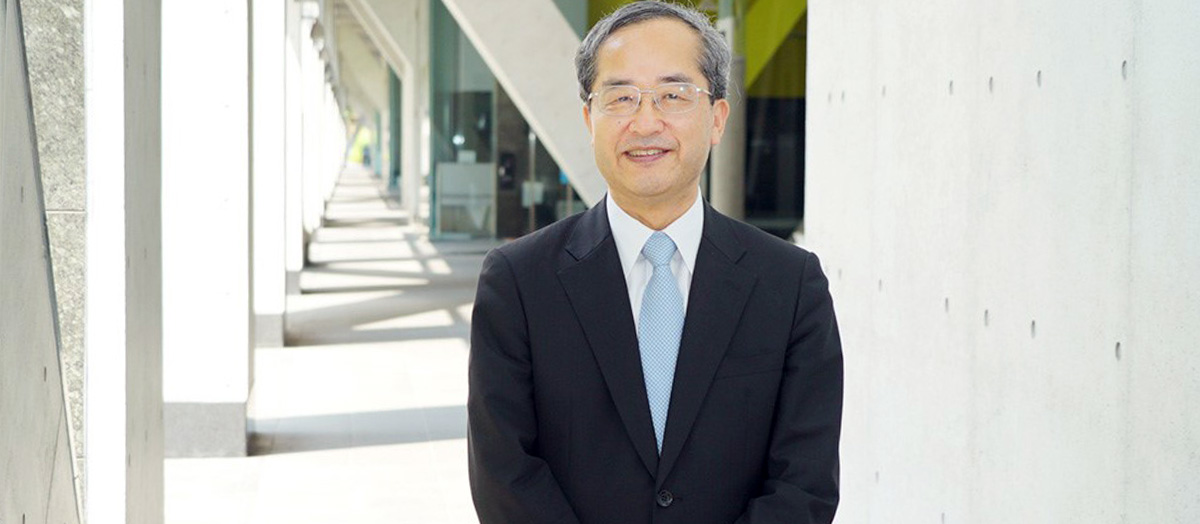
Introduction of the Quantum Metrology and Sensing Technology Promotion Committee
Yasuhiko ArakawaChairperson, Quantum Metrology and Sensing Technology Promotion Committee,
Quantum Forum
The fields of quantum metrology and sensing technology share a common thread in quantum mechanics, but there are a wide range of targets and methods that vary from application to application. Several related technologies are reaching a stage of development such that they may soon be implemented in society, and in the future these fields are widely expected to play an important role in the full-scale implementation of quantum technology in society.
In light of these circumstances, the Quantum Metrology and Sensing Technology Promotion Committee was established in November 2019 with aims of identifying the current status of the fields of quantum metrology and sensing technologies, discussing the vision for the future, exploring areas such as industrial applications, and establishing a mechanism to promote open innovation. As of August 31, 2021, the committee is comprised of 15 members: The chairperson, vice chairperson, two secretaries, and 11 general committee members. The members belong to universities, national research institutes, and companies, and participation from companies has been increasing.
Since the fields of quantum metrology and sensing cover a wide range of subjects, and require a different approach from other technology promotion committees, and since the committee has only recently been established, we have been performing activities to achieve the above objectives, starting with the following activities.
(a)Holding committee meetings
The committee meets about four times a year to identify the current status of the quantum metrology and sensing technology fields and to discuss issues such as committee activity plans. Furthermore, open committee meetings are held jointly with other technology promotion committees to provide forum members with opportunities to hear lectures on the latest trends in quantum technology across fields.
(b)Holding basic lectures
Since the fields of quantum metrology and sensing are diverse and individualized, basic technologies and knowledge are not being sufficiently shared. In view of this, we aim to deepen mutual understanding, foster young research talent, and create new collaborations among researchers and with industry by holding “basic lectures on quantum metrology and sensing”. We have held two lectures so far, “Basics of Quantum Solid State Sensing” and “Basics of Optical Lattice Clocks,” which have covered the current status and fundamentals, with about 100 participants in each lecture. The lecturers provided presentation materials for regular Forum members.
(c)Publishing of articles in e-mail newsletter
Committee members have contributed articles related to quantum metrology and sensing to the e-mail newsletter published by the Forum. We have contributed on topics related to trapped-ion optical clocks, superconducting quantum sensors, diamond NV centers, spin defects in wide-band gap semiconductors, and space-time metrology. In the future, we plan to ask committee members who belong to companies to contribute articles about their organizations’ efforts in quantum metrology and sensing, and their expectations for committee activities.
(d)Publishing of articles on committee member interviews
Articles produced from quantum metrology and sensing-related interviews with committee members are published in “member interviews” on the Forum website. Articles on quantum metrology and sensing in general, diamond solid-state quantum sensors, and optical lattice clocks have been published so far and are available online.
(e)Publishing of interviews with young researchers
Like the other two technology promotion committees, this committee also publishes interviews with young researchers. Through this activity, we hope to convey the appeal of the diverse fields of quantum metrology and sensing and encourage researchers and students of the same or younger age to see us as a kind of role model and be encouraged. We also aim to show the world that there are many talented people who will lead the future in the fields of quantum technology, and to encourage the interviewees in their future endeavors. We intend to publish interview articles on six young researchers during the 2021 fiscal year.
Since the Quantum Sensing and Metrology Technology Promotion Committee was established a year or two after the other two committees, we have been working with the immediate goal of getting the committee activities on track. And we are at last in a position to provide Forum members with unique activities such as holding basic lectures. In the fields of quantum metrology and sensing, which encompass a wide variety of technologies, we intend to realize our function as a consortium for industry-academia-government collaboration that encompasses the fields as a whole, and to deploy activities for open innovation. We hope that many people will understand the importance of the fields of quantum metrology and sensing technology and participate in the activities of the promotion committee.